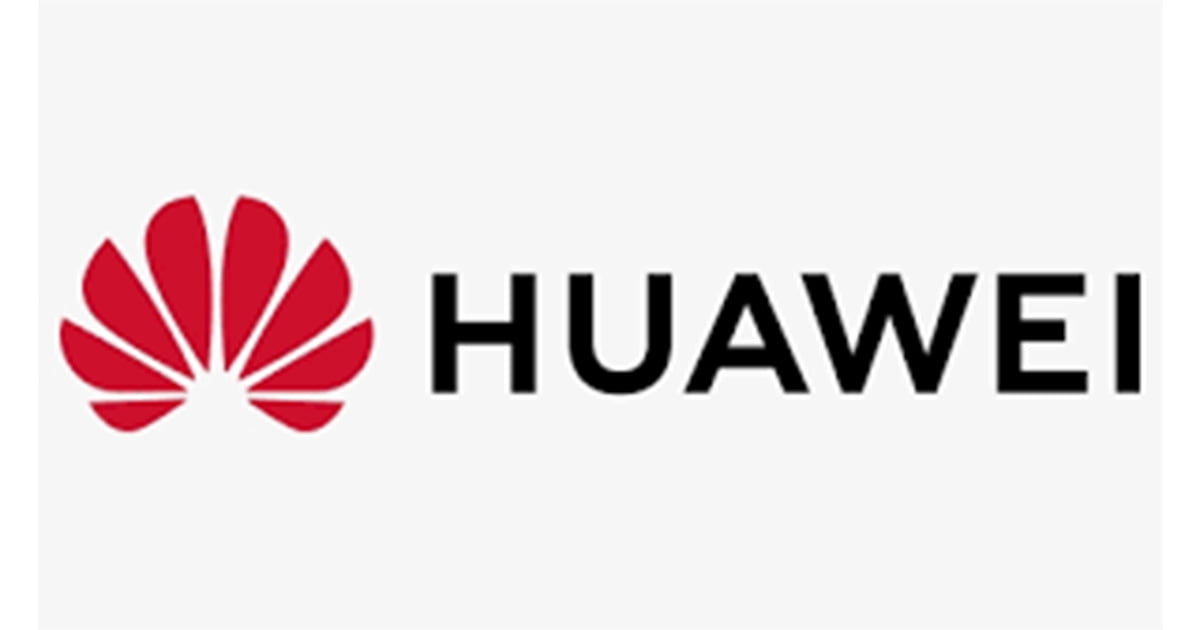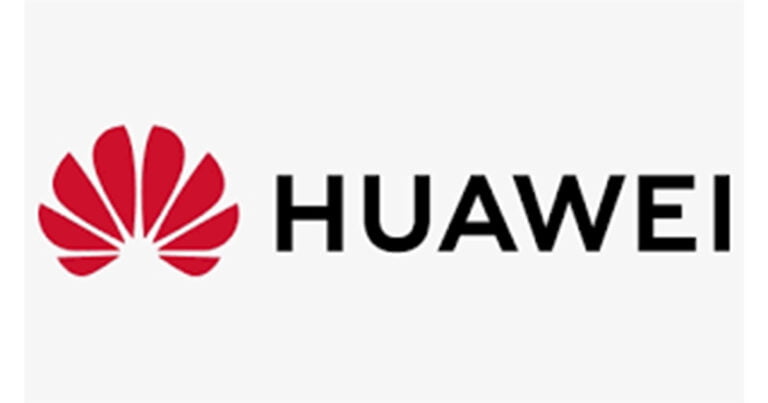In a move aimed at data centers and to address driver request restrictions, Huawei has introduced its latest network-attached storage (NAS) array, the OceanStor Pacific 9920, to the European market. This innovative addition to Huawei’s lineup offers an impressive raw capacity of up to 92 terabytes (TB) within a compact 2U rack space. Let’s dive deeper into what this means for data storage solutions.
The OceanStor Pacific 9920: An Entry-Position Powerhouse
The OceanStor Pacific 9920 is an entry-level offering within Huawei’s NAS family. Its flagship counterpart, the 9950, boasts an impressive 614 TB of raw capacity in a larger 5U form factor. What sets these two models apart is that they both utilize flash storage technology, a significant departure from the 9520 (2U) and 9550 (5U), which rely on traditional hard disk drives (HDDs). Additionally, Huawei offers the 9350 (5U), a model designed for scenarios where lower-cost storage is preferred, particularly for archiving workloads. The HDD-based models can scale up to a massive 2 petabytes (PB) in capacity, catering to the demands of large-scale data storage.
OceanStor Pacific: Versatility in Storage Solutions
Huawei’s OceanStor Pacific series doesn’t stop at NAS; it also includes the SAN OceanStor Dorado range. While the array families may share similarities in their hardware components, the differentiation lies in the software functionalities, with isolation primarily achieved through software rather than hardware. This flexibility opens the door for potential cross-use, allowing the OceanStor Pacific 9920 to be employed in SAN mode if needed.
Enhanced Monitoring with OceanCyber
To ensure the integrity and security of OceanStor storage solutions, Huawei offers the OceanCyber monitoring appliance. This tool provides real-time insights into OceanStor systems by utilizing network cards installed in the arrays. Moreover, it includes provisions for cybersecurity, protecting against potential cyberattacks.
Operation via Artificial Intelligence: A Game Changer
OceanStor arrays can function independently or collaboratively in clusters through an “operation via artificial intelligence” system facilitated by FastLink network acceleration cards. This innovative approach allows seamless access between arrays, supporting a wide range of use cases. Whether it’s sharing data over a high-demand network or facilitating distributed storage for high-performance computing (HPC), OceanStor arrays have you covered.
Connectivity Options for Every Need
The OceanStor Pacific 9920 offers versatile connectivity options, including NFS and SMB connectivity at the front end. It supports Posix train operation, MPI-IO for parallelized train systems, and object storage via S3. Additionally, HDFS connectivity is available, making it a versatile solution for various storage requirements.
In terms of block storage, the OceanStor Pacific 9920 can connect via Ethernet, RoCE, or Infiniband, supporting iSCSI and Cinder for OpenStack block storage. These connections can be efficiently managed within a cluster, ensuring seamless communication between storage nodes.
Performance That Exceeds Expectations
The OceanStor Pacific 9920 is no slouch when it comes to performance. It can be configured with either two Kunpeng 920 ARM processors or two Intel Xeon processors, accompanied by ample RAM. The base configuration can achieve an impressive 20GBps throughput and handle 230,000 I/O operations per second (IOPS). Opting for the Xeon processors elevates this figure to an astonishing 800,000 IOPS. In case of system outages, the ARM processor-equipped models can rebuild data at an impressive rate of 2 TB per hour, while the Xeon variant can achieve an even faster 4 TB per hour data rebuild speed.
Storage Drive Options
The OceanStor Pacific 9920 comes with two 480 GB SATA SSDs for hosting critical system components. For capacity, it offers the flexibility of using either NVMe SSDs with capacities of up to 252.5 TB or SSDs with a capacity of 123.5 TB. Currently, these drives are typically high-capacity quadruple-level cell (QLC) drives, but Huawei has expressed plans to potentially transition to penta-level cell (PLC) drives when they become available.
High-Speed Connectivity
With various connection options, including 25 Gbps or 100 Gbps via Ethernet and RoCE, as well as 100 Gbps via Infiniband, the OceanStor Pacific 9920 ensures high-speed data transfer for even the most demanding applications.
In conclusion, Huawei’s OceanStor Pacific 9920 brings significant advancements in network-attached storage, offering impressive capacity, versatile connectivity options, and exceptional performance. This addition to the OceanStor family showcases Huawei’s commitment to delivering cutting-edge storage solutions to meet the evolving needs of data-centric environments.




